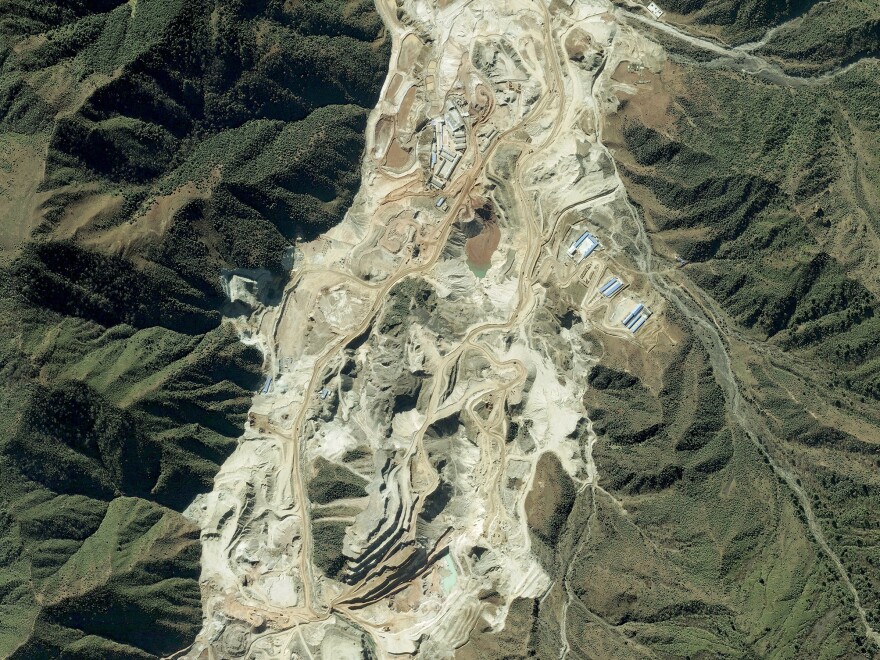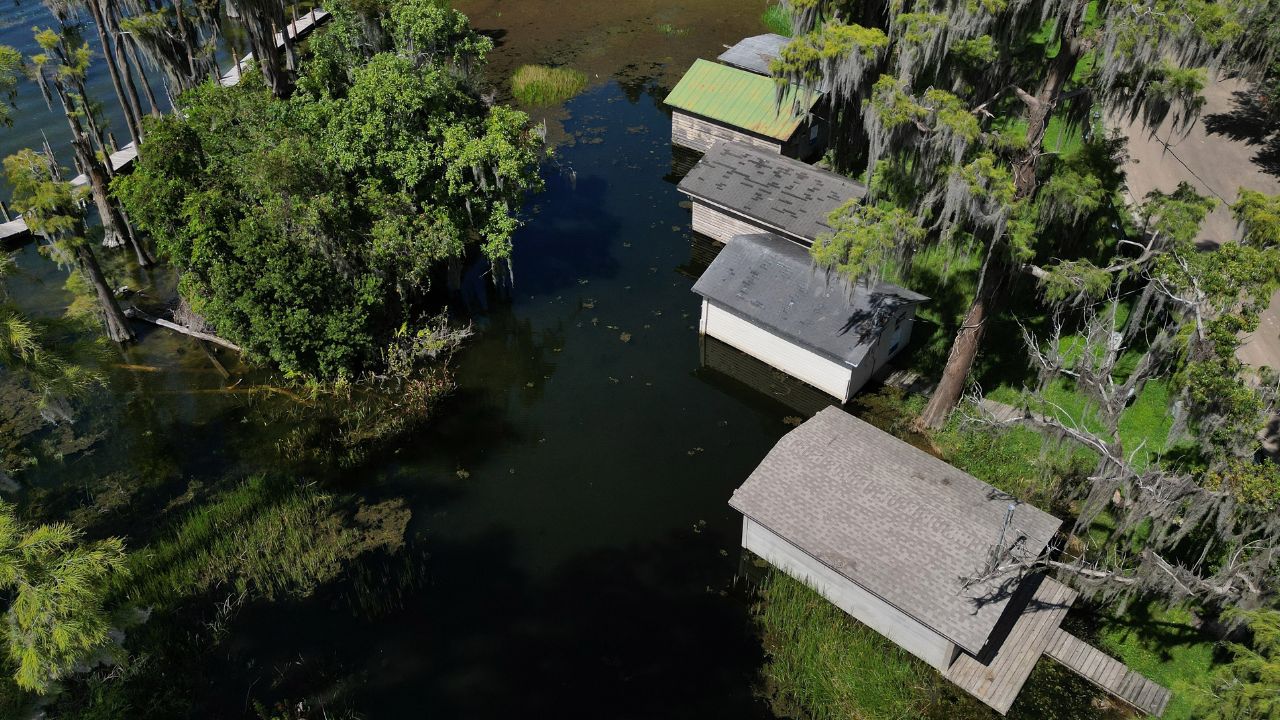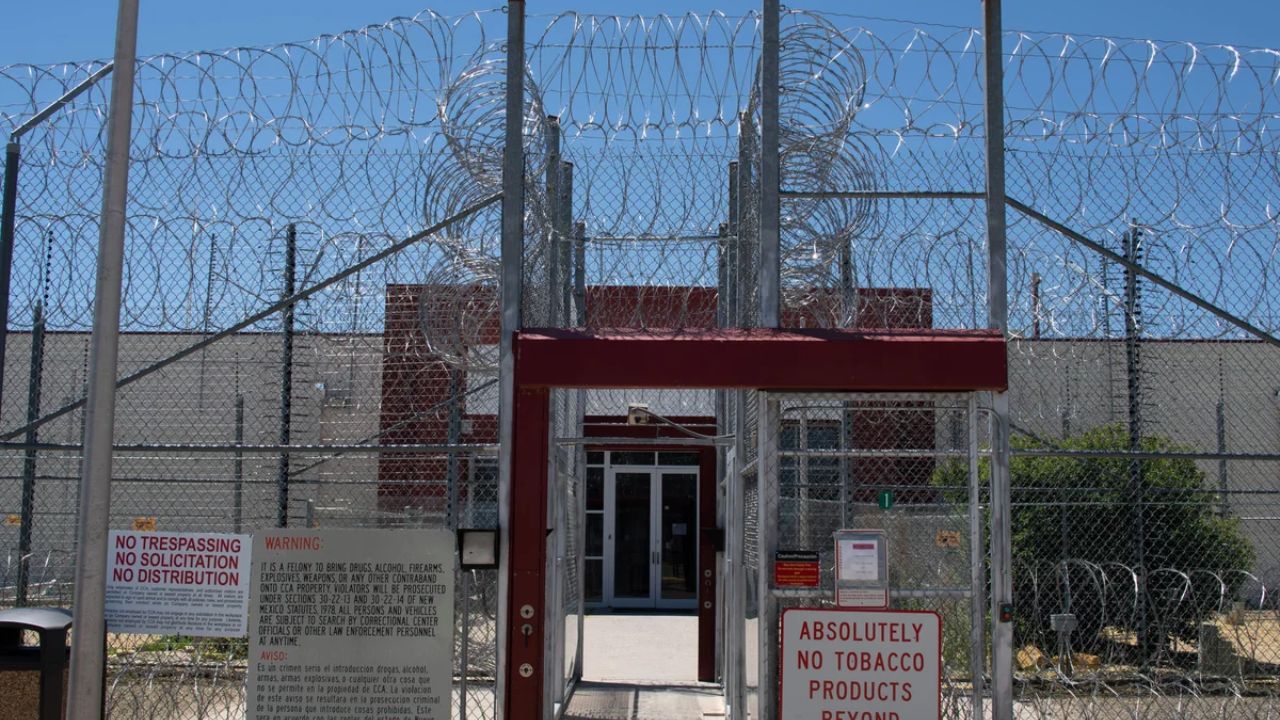On the suburbs of Frankfurt, Germany, investment manager Louis O’Connor protects his company’s most valuable assets in a vault deep below during World War II. The hidden treasure? elements of rare earth.
“There is armed security and 3 1/2-meter walls and doors,” adds O’Connor, CEO of Strategic Metals Invest, a company that allows private investors to purchase shares in rare earth inventories.
Although China has a near-monopoly on refining several so-called rare earth elements for use in commonplace electronics like smartphones and speakers as well as vital defense systems like fighter jets, many of these elements are actually rather common and are mined all over the world.
O’Connor claims he felt the strain right away when China chose to tighten control over supply chains for seven rare earth elements this spring. According to him, an investor who was visiting the company’s vault at the time made an immediate offer to purchase all of O’Connor’s stock of the valuable “heavy” rare earth elements dysprosium and terbium.
The power of China’s industry dominance was demonstrated in the episode.
“They’re installing what you might call a tap system, where they can turn that tap on and off,” O’Connor says in reference to the recent policy in China.
China has used that supply chain chokehold as a potent weapon in its trade fight with the US. Several U.S. and European companies said that they were compelled to shut down production lines within weeks of China forcing foreign companies to apply for a license to import rare earths in early April.One of the main issues in the U.S.-China trade talks this spring was regaining access to Chinese rare earths.
However, such domination was not always enjoyed by China. It took them decades of sometimes excruciating trial and error to develop an export control regime that they could fine-tune.
Spotting strategic value
After prospectors found rare earth elements in 1949 at Mountain Pass, California, the United States dominated the market for most of the second half of the 20th century.
According to Mark Smith, the CEO of Molycorp, a former rare earths processing business at the Mountain Pass mine, China began to visit Mountain Pass on multiple occasions in the 1960s after realizing the strategic importance of rare earths.
“We took a tour of them. We gave them an explanation of our work, let them take pictures, and so forth. Smith, who offered Chinese tourists tours of Molycorp in the 1980s and 1990s, claims that they brought it back to China.
Following technological advancements by Chinese refineries, hundreds of profitable mining and processing companies sprang up in China to meet the primarily domestic need for rare earths, taking advantage of the country’s cheap electricity.
It’s loading…
However, there were hundreds of small, private mines and refineries that competed with one another, undercutting each other’s earnings, making the business extremely uncontrolled and chaotic.
“They drive down the price against themselves,” says Chris Ruffle, an investor with decades of experience in China, particularly in the metals sector. “They kill themselves.”
“China’s rare earths aren’t being sold at a ‘rare’ price but at a ‘earth’ price,” in 2021, claimed former industry minister Xiao Yaqing.
A dirty business
Chinese companies unleashed unrestricted mining at significant environmental cost in their quest for a competitive edge in rare earths.
Ruffle went to a private rare earth refinery in Jiangsu, a southern Chinese province, around the beginning of the new millennium. Regarding the facilities, Ruffle claims that “the thick smoke gave it away slightly.” On the bare ground, he depicts massive heaps of tailings—toxic, metallic byproducts from many industrial processes.
The most valuable natural reserves of “heavy” rare earth elements are found in southern China, where destructive small-scale mining was particularly common.
“Without liners or anything like, they would excavate a hole in the ground after mining the hillside with their axes, picks, and shovels. After that, they added five gallon buckets of sulfuric or hydrochloric acid and left the particular stew for a while,” recalls Smith, who was often in China at the time. “When the storms come in, all that acid just washes out.”
The mining caused long-lasting soil and groundwater contamination, leaving China’s landscape devastated. Despite frequent demonstrations against rare earth mining by locals, the sector brought in large sums of money for local governments, who consistently disregarded directives from the federal government to shut down polluting mines.
The rare earths sector in China at the time was likened to criminal drug trafficking in a 2012 Chinese media inquiry. “Those who can deal with rare earths are usually divided into two categories: those who can get someone out of prison and those who have recently been freed from prison. Leading cadres and those who don’t fear death are all participating,” the official media report stated.
Requests for comment from a number of Chinese companies and people were denied for this report.
Consolidation or bust
Beijing had grown tired of local pollution and domestic price wars by the late 1990s. To encourage more sophisticated rare earth processing, it began enforcing export and production limitations. By limiting the amount that mines and refineries could produce and shielding the sector from outside interference, the quotas also sought to reduce pollution.
“In effect, two-tier pricing, when exports were limited to the rest of the world that resulted in lower rare earth prices for domestic Chinese consumers,” according to Rod Eggert, a professor at the Colorado School of Mines, was created by the quotas.
The quotas also had the unintended consequence of fostering a flourishing smuggling economy. Due to demand from Japan and the United States, analysts believe that up to 30% of China’s rare earth products were illegally smuggled out of the nation in the mid-2000s despite state controls.
After American and European businesses protested the export limits, the World Trade Organization declared in 2014 that China was not allowed to employ them.
China, however, was unmoved. It was already changing strategy. It would aim for worldwide domination in rare earths by limiting which companies may operate, rather than by regulating the amount of output.
A “secret war” to consolidate
An ambitious and frequently brutal attempt to reduce the whole rare earth business to just six consolidated corporations, the campaign was called “one plus five” by Chinese central authorities. The consolidation was dubbed their “secret war” against illicit production by the authorities.
Beginning in 2011, provincial officials were directed to conduct surprise mine audits, confiscate unlawful mining operations, dynamite and break them to pieces when necessary, and recover illicit ore and byproducts.
Ruffle, the investor, adds, “I witnessed directly how the private sector was squeezed out.”
China declared victory in four years. It directed the mergers of the remaining companies into six massive, primarily state-owned companies known as the Big Six in China and announced the liquidation of dozens of smaller mining and refining businesses.
China was now able to exert considerable control over both price and supply thanks to the Big Six.
According to Jan Giese, a rare earth trader located in Frankfurt, “you get very homogeneous pricing now, whereas before you had a lot more competition from different producers.” “It’s difficult to have competitive bids.”
American upstarts
Rare earth elements cannot be bought or sold on an independent exchange like metal commodities like gold or nickel.
Because Chinese companies can cause huge price fluctuations depending on how much they decide to produce or export, investors have been wary of pouring money into new ventures in the U.S., say U.S. refining and mining companies.
Because of this, it has become extremely difficult for American businesses looking to reenter the refining industry to get the money necessary to construct refining plants.
“They’re putting their money into things like Alphabet and, you know, Amazon and, you know, all the high-flying types of investments and just very, very little, if any, is coming into the mining industry,” says Smith, who used to be the CEO of Molycorp.
Others are still making an effort. Smith’s new venture, NioCorp, is opening new mines and refining capacity for rare earths inNebraska.
Phoenix Tailings, a startup in Massachusetts, is also among a handful of U.S. companies prepared to refine rare earths, by refining the tailings, or leftover waste, from mining companies.
“We have to be full speed on the gas to make sure we’re successful here,” says Nicholas Myers, one of the co-founders and CEO.
The company already makes rare earth magnets for automotive and defense companies, and it is currently building a second plant in New Hampshire which the company says can meet about half of the U.S.’ defense needs for rare earth products.
For years, Myers says his company struggled to attract investment at the magnitude needed to compete with Chinese firms in scale.
This year, things changed, after China implemented a licensing system for foreign companies which caused rare earth exports to plummet.
“Definite tone shift,” says Myers, “I think what happened is the end customers, the folks at the big automotive companies or defense primes, realized that they had told their bosses that China would never shut off the supply for them.”
But China did shut off that supply.
The sudden cutoff galvanized U.S. investor interest in rare earths, Myers says. Phoenix Tailingsgarnereda major round of investment in May, and now, for the first time in decades, the U.S. may refine rare earth elements again.
Emily Feng reported from Burlington, Mass., and Washington, D.C. Aowen Cao contributed research from Beijing.
Copyright 2025 NPR






